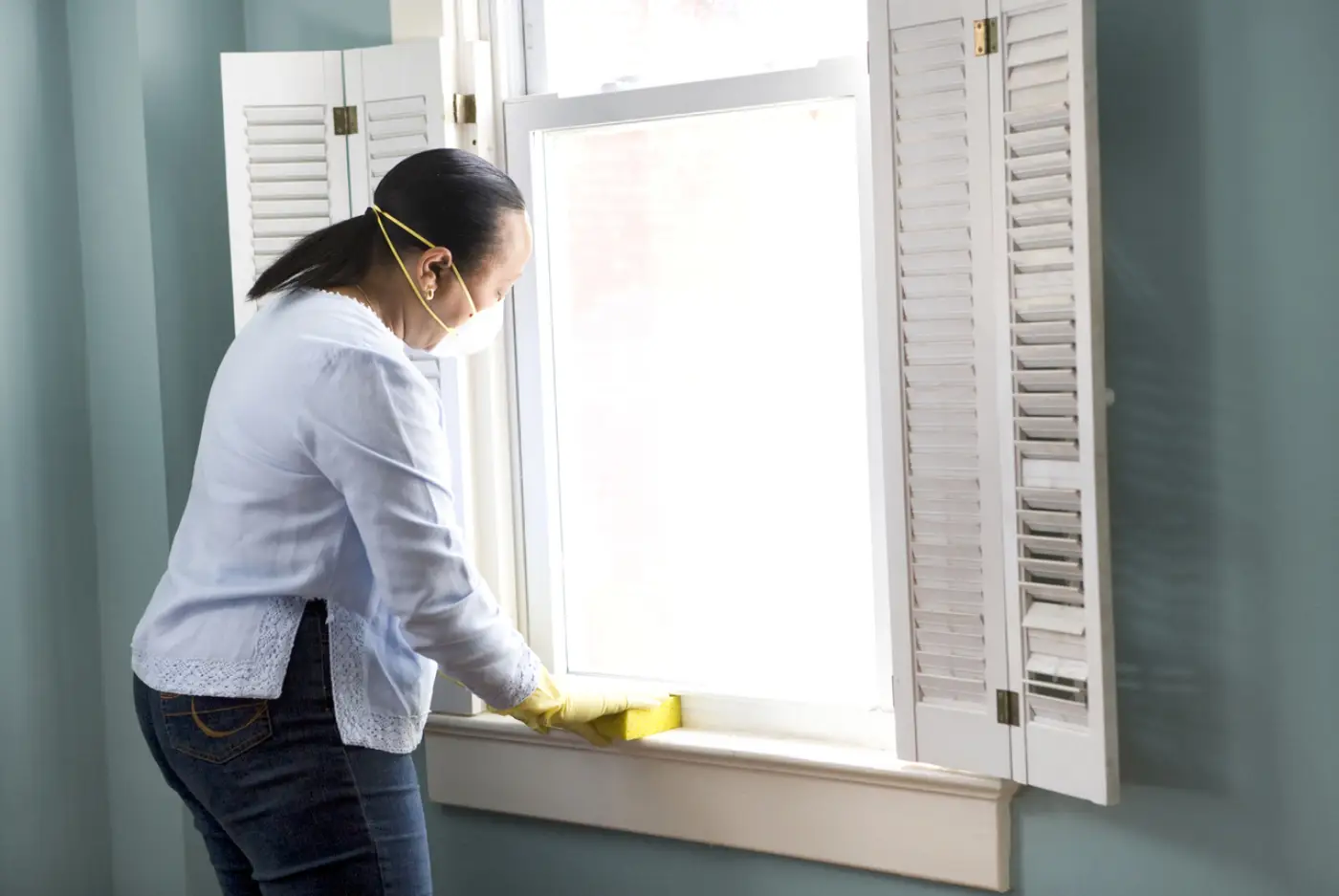The COVID-19 pandemic has fundamentally changed the way we think about cleanliness and hygiene, particularly in commercial spaces. As a clean businesses and organizations strive to protect the health of employees and customers, commercial cleaning practices have had to evolve. In this blog post, we will explore the best practices and considerations for commercial cleaning during the COVID-19 era.
1. Regular and Thorough Cleaning:
Regular and thorough cleaning is the foundation of any effective commercial cleaning strategy. High-touch surfaces, such as doorknobs, elevator buttons, and handrails, should be cleaned and disinfected multiple times a day. Common areas, break rooms, and restrooms must also be sanitized frequently to reduce the risk of viral transmission.
2. Use of EPA-Approved Disinfectants:
Not all cleaning products are created equal. It’s crucial to use Environmental Protection Agency (EPA)-approved disinfectants. These products have been rigorously tested and proven to be effective against a wide range of pathogens, including the novel coronavirus. Always follow the manufacturer’s instructions for proper use and contact time to ensure the disinfectant’s effectiveness.
3. Ventilation and Air Quality:
Good indoor air quality is essential for reducing the risk of airborne transmission. Proper ventilation, such as increasing outdoor air circulation and using high-efficiency filters, can help minimize the concentration of airborne particles. Consider consulting with HVAC experts to optimize your system for better air quality.
4. Personal Protective Equipment (PPE):
Cleaning staff should be provided with appropriate personal protective equipment, including masks, gloves, and eye protection. This not only protects the cleaning personnel but also helps prevent cross-contamination between surfaces.
5. Training and Education:
In the current environment, it is crucial that your cleaning staff is well-trained in the latest cleaning and disinfection techniques. Regular training and education on the proper use of disinfectants and PPE are essential to ensure the safety of employees and visitors.
6. Enhanced Cleaning Protocols:
Consider revising your cleaning schedule and protocols to align with the increased cleaning demands. For example, designate specific times for deep cleaning and disinfection in addition to routine cleaning throughout the day.
7. High-Traffic Areas:
High-traffic areas, such as lobbies, elevators, and corridors, require special attention. Consider installing hand sanitizer stations and reminding people to practice social distancing in these areas. Frequent cleaning of these spaces is also essential to reduce the risk of virus spread.
8. Touchless Technology:
Consider implementing touchless technology where possible. Touchless entry systems, automatic faucets, and hand dryers can minimize physical contact and reduce the risk of surface transmission.
9. Communicate Cleaning Practices:
Transparency is key. Let employees, visitors, and customers know about your cleaning and disinfection practices. Posting signs or notices about your cleaning schedule and encouraging good hygiene practices can help build trust.
10. Stay Informed:
The COVID-19 situation is dynamic, and guidance from health authorities may change. Stay informed about the latest developments and be ready to adapt your cleaning practices accordingly.
In conclusion, commercial cleaning during the COVID-19 era demands a heightened level of attention and diligence. Employing the best practices mentioned above and considering the unique needs of your commercial space will help create a safe and healthy environment for everyone. Whether you manage an office, retail store, restaurant, or any other commercial space, your commitment to effective cleaning and hygiene can make a significant difference in preventing the spread of the virus.
Remember that commercial cleaning is not just about appearances; it’s about public health and safety. By implementing these best practices and staying informed, you can play a crucial role in the fight against COVID-19 and help protect your employees and customers.


0 Comments